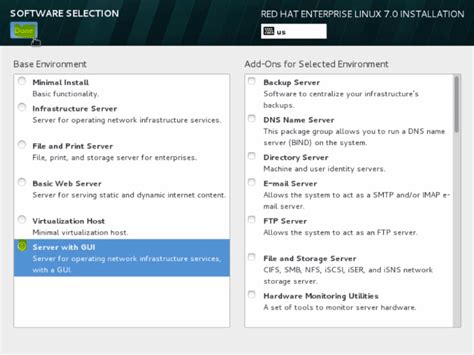How to Check if Tclunit is Installed on Unix
Verifying the installation of Tclunit on a Unix-based system is crucial before utilizing its testing capabilities. This guide provides several methods to confirm its presence and readiness.
Method 1: Using the tclsh Command
This is the most straightforward approach. Open your terminal and execute the following command:
tclsh8.6 # or tclsh, depending on your Tcl version
% package require Tclunit
Understanding the Output:
-
Successful Installation: If Tclunit is installed, you'll see a simple response indicating the version number, similar to this:
1.0 -
Installation Failure: If Tclunit isn't found, you'll receive an error message like:
package "Tclunit" not found
This method directly queries the Tcl package system, providing immediate confirmation. Remember to replace tclsh8.6 with tclsh if your system's default Tcl version is not 8.6.
Method 2: Checking the Tcl Library Path
This method involves examining the Tcl library path for the presence of Tclunit related files. This requires a bit more technical knowledge but offers a deeper understanding of the system's configuration.
First, identify your Tcl installation directory. This location varies depending on the distribution and installation method. Common paths include:
/usr/lib/tcl8.6/usr/local/lib/tcl8.6/opt/tcl/lib
Once you have identified the likely location, navigate to that directory using the cd command in your terminal. Then, use the find command to search for Tclunit files:
find . -name "*tclunit*"
Interpreting the Results:
-
Positive Result: If the
findcommand returns file paths containing "tclunit," it strongly suggests Tclunit is installed. -
Negative Result: An absence of results indicates Tclunit is likely not installed. However, it's important to note that the naming convention might vary slightly depending on the version, so a thorough check across subdirectories within the Tcl installation path is recommended.
Method 3: Examining Package Manager Databases (e.g., apt, yum)
If you installed Tclunit using a package manager (like apt on Debian/Ubuntu or yum on CentOS/RHEL), you can query the package manager's database to verify its status.
Example using apt:
apt list --installed | grep tclunit
Example using yum:
yum list installed | grep tclunit
Analysis:
-
Successful Installation: If the command shows a line containing
tclunit, it means Tclunit is installed. -
Unsuccessful Installation: The absence of a
tclunitentry confirms it's not installed via your package manager.
Troubleshooting Installation Issues
If you find that Tclunit is not installed, you might need to install it using your system's package manager. Consult your distribution's documentation for the appropriate package name and installation instructions. For instance, on Debian-based systems, you might use sudo apt-get install tclunit. Remember to replace this with the correct command for your specific system.
By employing these methods, you can confidently ascertain the installation status of Tclunit on your Unix system and proceed with your testing activities. Remember to always consult your system's documentation for specific details on package management and Tcl installation locations.
